By Alexander Strom
Chief Expert, Geodynamics Research Center

The magnitude 8.0 Wenchuan Earthquake in 2008 altered countless lives, including mine. I was attending a conference in Hong Kong when the quake struck, and though I attempted to reach the affected area immediately, access was restricted. It wasn’t until 2009 that I first witnessed the devastation—and the extraordinary recovery efforts led by the Chinese government.
What I saw left an indelible mark. Entire mountainsides had been stripped bare by landslides; towns and villages lay in ruins. Yet, within just a few years, reconstruction had transformed the region. This was no mere restoration—it was a rebirth. Communities were rebuilt with care, preserving their unique cultural character rather than resorting to generic, standardized housing. Even more striking was the resilience displayed in the face of recurring post-quake hazards, such as catastrophic debris flows that buried settlements under meters of rubble. Each time, the people cleared the debris, reinforced defenses, and carried on.

The earthquake triggered over 50,000 landslides, turning the region into a living laboratory for studying seismic-triggered disasters. Recognizing the global implications of this event, I collaborated with experts from China, the U.S., New Zealand, Italy, Japan, and other nations to establish the International Research Association on Large Landslides (IRALL) at Chengdu University of Technology’s State Key Laboratory of Geohazard Prevention.








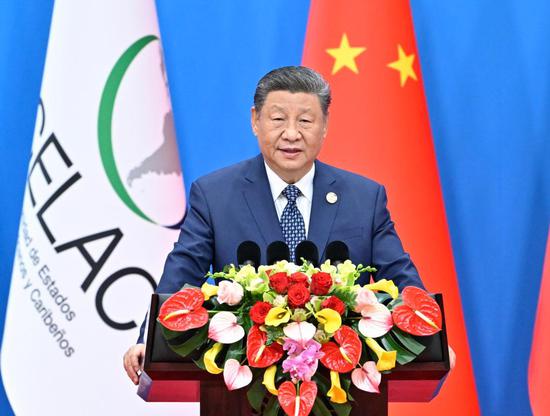

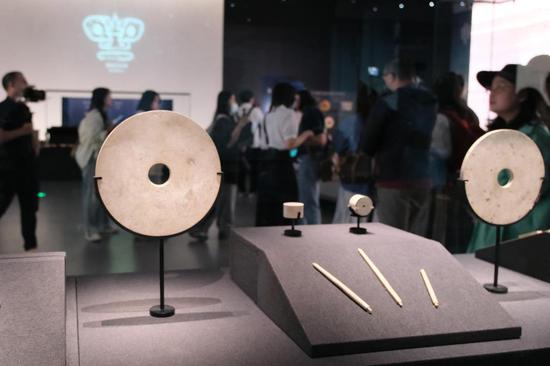

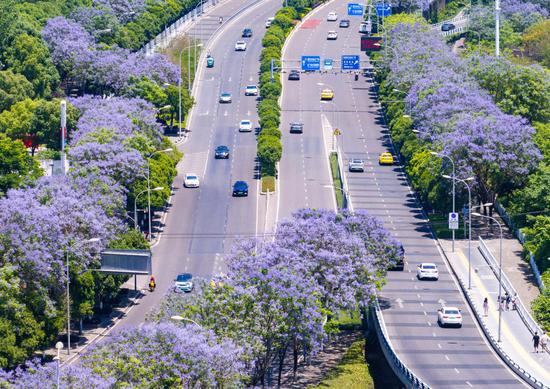
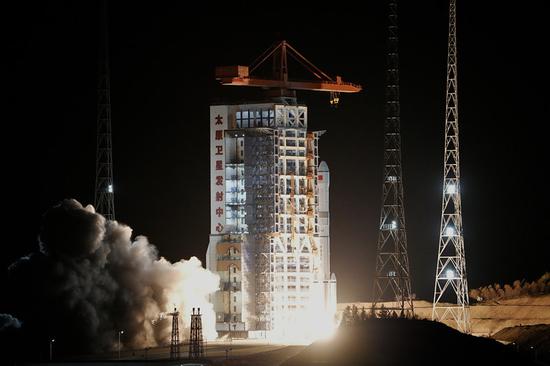
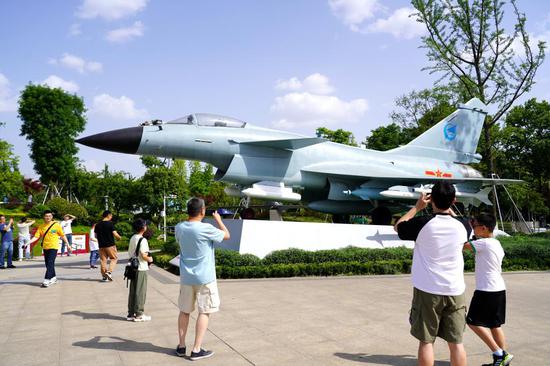

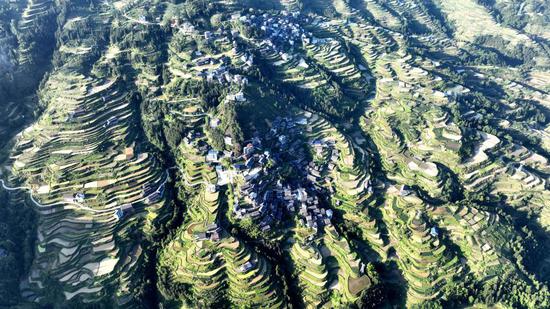


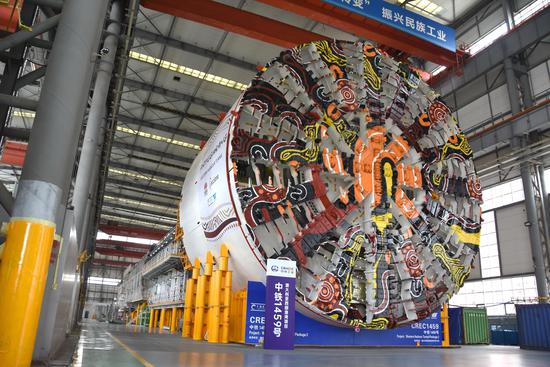

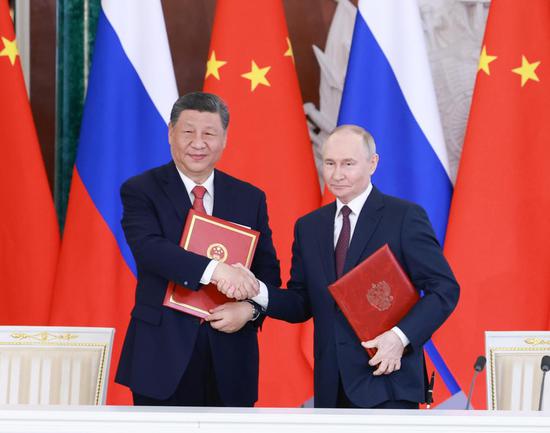
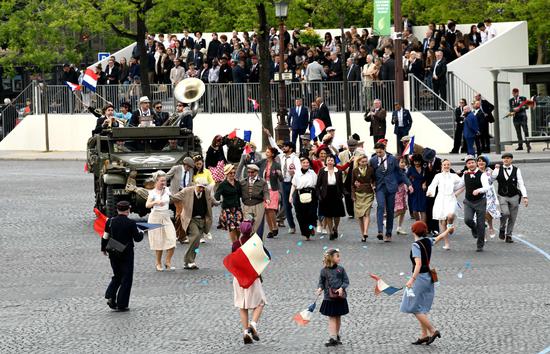
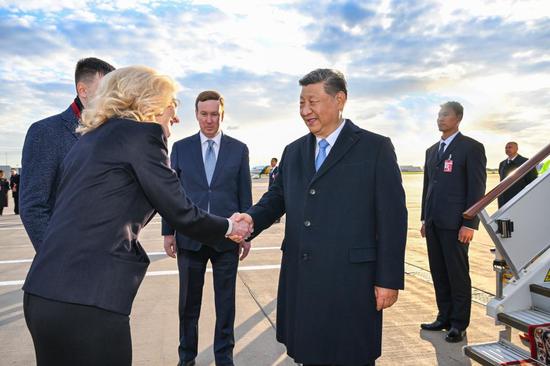




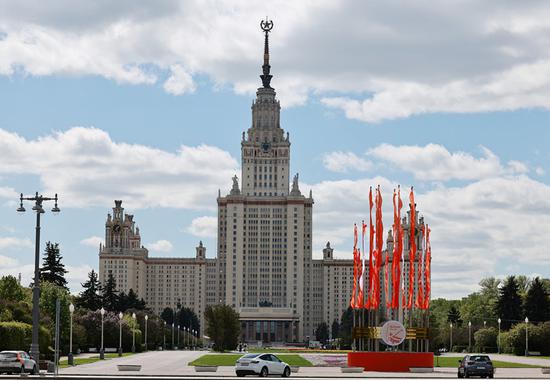



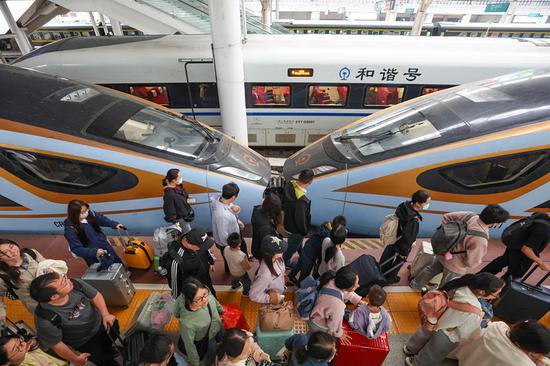
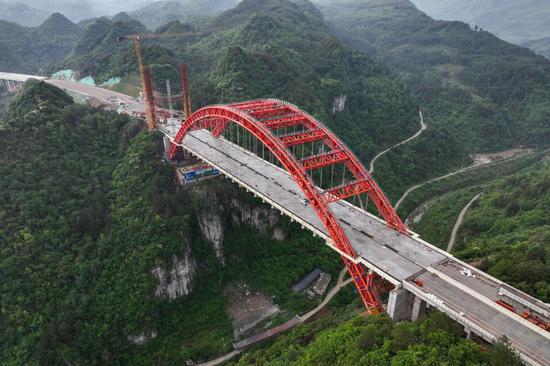
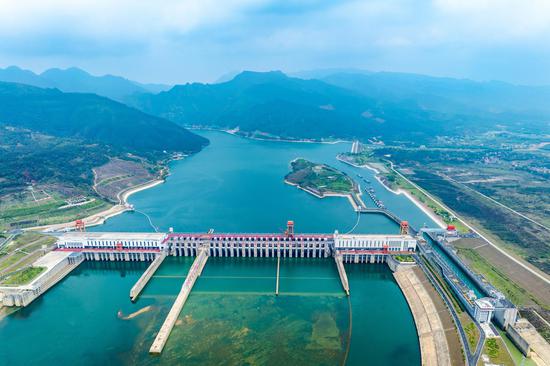
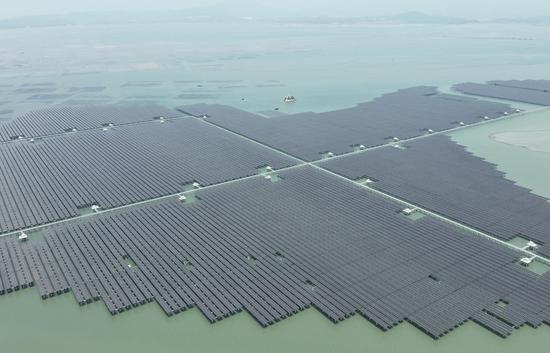
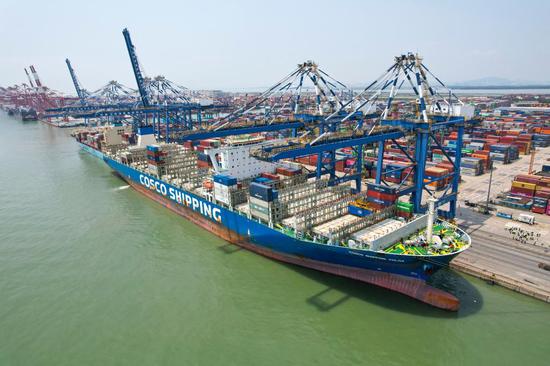
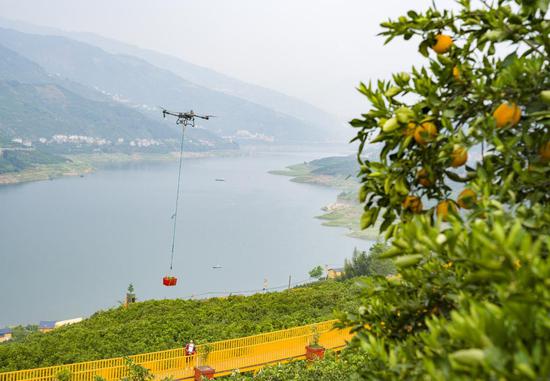


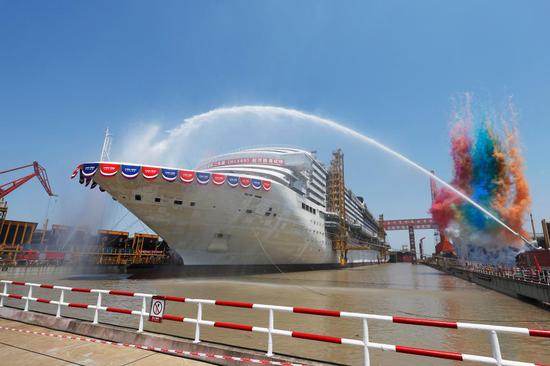


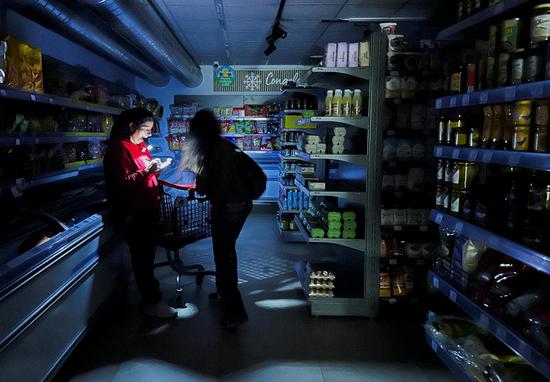






 京公網安備 11010202009201號
京公網安備 11010202009201號